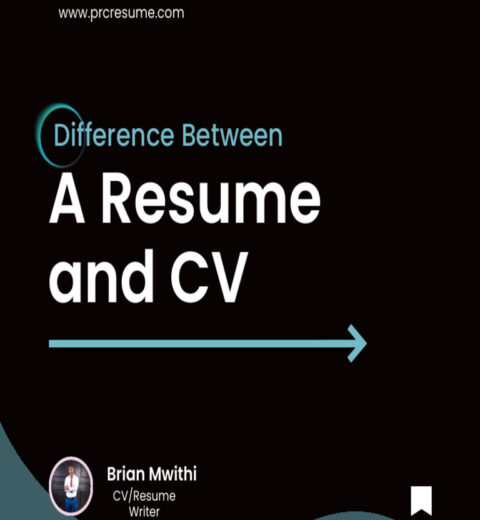In the vast landscape of professional networking, your resume acts as a lighthouse—guiding recruiters and potential employers through the fog of countless candidates. Just as a lighthouse requires regular maintenance to ensure its light remains visible, so too does your LinkedIn profile demand careful editing and updating. However, the task of editing a resume on LinkedIn can feel akin to navigating treacherous waters, particularly when the fear of diminishing visibility looms overhead. Fear not; this guide illuminates the path, providing a strategic approach to editing your LinkedIn resume without compromising its visibility.
Firstly, it is essential to understand the anatomy of your LinkedIn profile. Each section—be it the headline, summary, experience, or skills—is akin to the individual gears of a complex machine. When one gear is adjusted, it influences the motion of others. Thus, any changes should be carefully considered to preserve the overall coherence of the profile.
The initial step in the editing process involves an introspective analysis of your existing content. Identify the areas that require updating or enhancement. Do you have new experiences from your recent roles, new skills acquired, or certifications achieved? This self-assessment acts as your compass, ensuring that your edits align with your professional trajectory. Take the time to review your resume’s existing keywords and phrases, as they serve as the breadcrumbs for recruiters traversing the online space.
Next, let’s delve into the finest details. When editing your summary section, think of it as your branding billboard. It should encapsulate who you are and what you offer succinctly. Use strategic keywords that resonate with your industry. Consider synonyms or related terms that potential employers might use when searching for candidates. This nuance enhances the odds of your profile surfacing in search results, thus maintaining visibility.
As you refine your experience section, consider every bullet point like a drop of ink on the canvas of your professional narrative. Each role should not only outline responsibilities but also highlight achievements and results. Quantify your successes whenever possible. A statement like “increased sales by 30% over six months” is much more compelling than merely listing job duties. Infuse vitality into your editing; let the narrative of your career arc come alive.
When updating your skills, carefully curate this section. Think of skills as currency in the marketplace of talent. The more relevant and in-demand your skills, the higher your profile’s worth. Regularly assess the industry trends and adjust accordingly; obsolete skills can undermine your visibility and relevance. Engage in continuous learning, and update this section with fresh skills that reflect your commitment to professional growth.
However, while making these amendments, it is crucial to time your updates wisely. Editing a profile is an art, not a race. Avoid the temptation to revamp your entire profile in one go. Instead, implement gradual changes over a period of time to eliminate shock factors. Abrupt changes can alert LinkedIn’s algorithm and could potentially affect how often your profile appears in search results. Instead, visualize this process as expertly choreographing a dance—each movement needs to flow seamlessly into the next.
If you are considering a more significant overhaul—perhaps changing your career direction—use LinkedIn’s features to your advantage. You can hide various sections from public view during the editing phase. This feature allows you to tweak your resume without impacting its visibility. Just as a sculptor meticulously chips away at a block of marble to reveal a hidden masterpiece, you can refine your profile in privacy before unveiling it to the world.
Another critical aspect of maintaining visibility is engaging with your network. After making updates, announce your changes to your connections. Sharing a post that details your enhanced skills or significant achievements invites attention and keeps your profile active in your connections’ feeds. It’s akin to sending out a signal flare; it captures interest and draws eyes back to your profile.
Utilizing LinkedIn’s networking capabilities also plays a pivotal role. Share articles, comment on posts, and engage with thought leaders. Each interaction acts as a thread weaving you back into the fabric of your professional community. When your profile is active, it signals to LinkedIn that you are engaged, thus bolstering your visibility. Networking is not merely a formality—it is a vital part of how your profile is perceived within the intricate web of LinkedIn.
Finally, consider the visual aspects of your profile. Your profile picture serves as your visual brand—a beacon that can pull potential connections toward you. Update your photo to reflect your current professional demeanor. Ensure it is high-quality, well-lit, and approachable. Think of your profile picture as the cover of a captivating novel; it should entice potential readers to delve deeper into your story.
In conclusion, editing your resume on LinkedIn without losing visibility can be deftly navigated by understanding the intricacies of your profile, strategically updating content, timing changes judiciously, engaging actively, and refining your visual presentation. Remember, your LinkedIn profile is a dynamic entity, not a static document. With each update, you are crafting a narrative that resonates with your professional aspirations while ensuring that your light remains bright in the vast ocean of opportunity.




